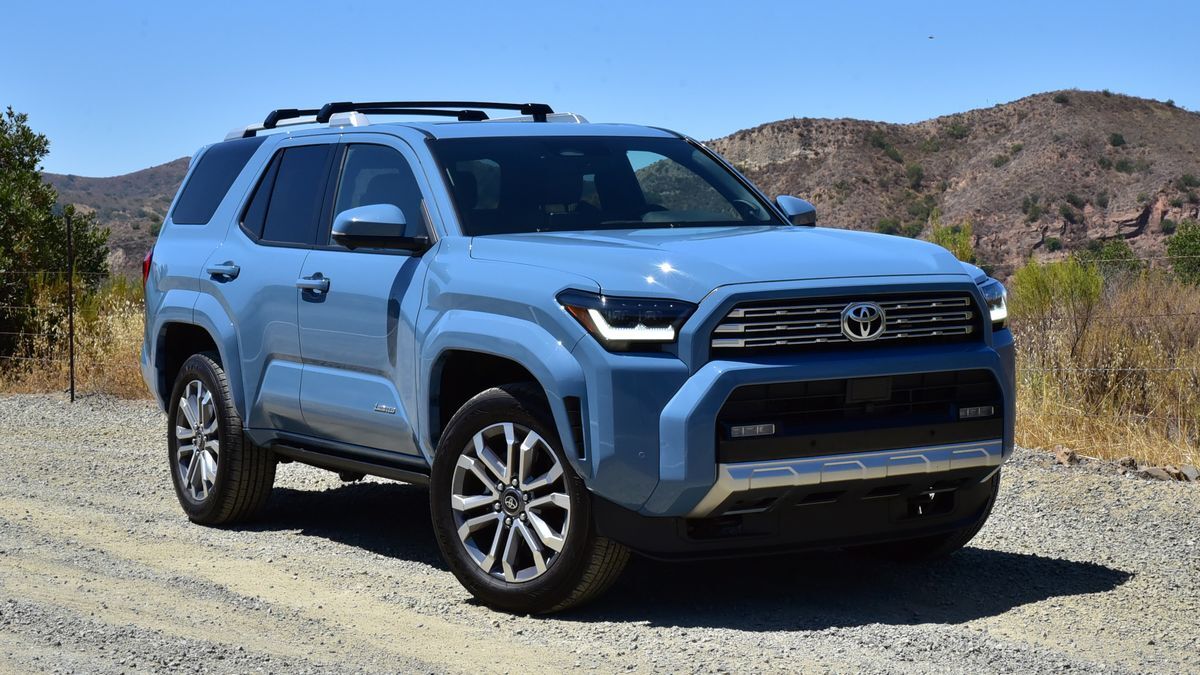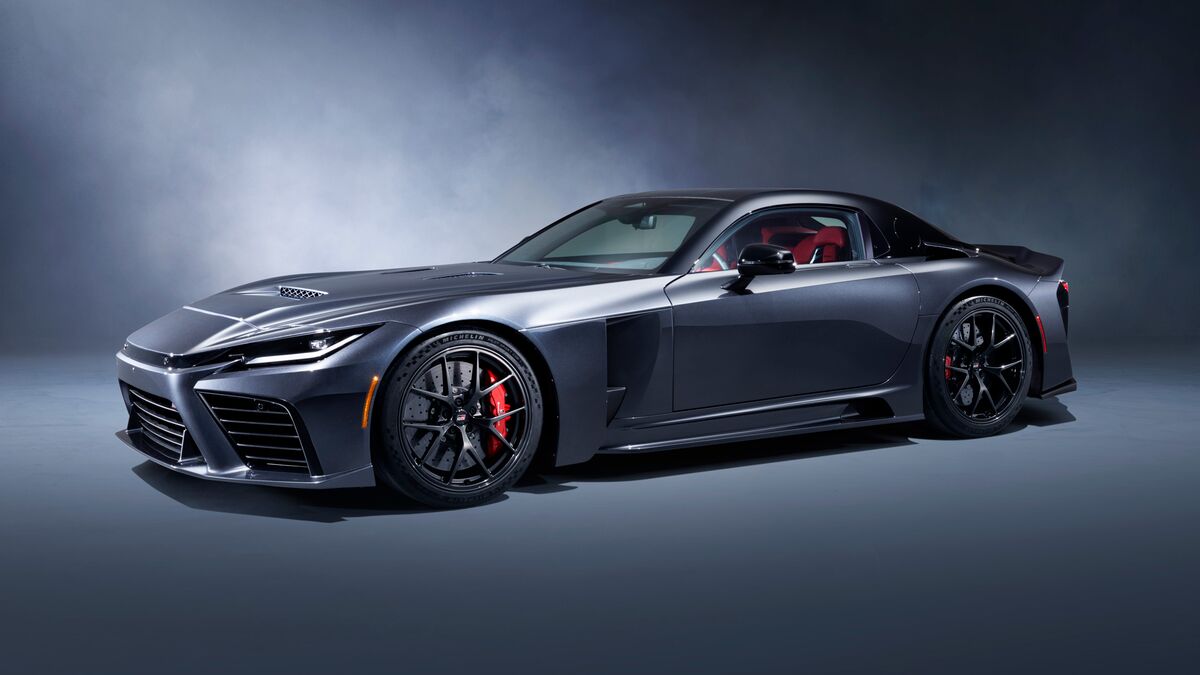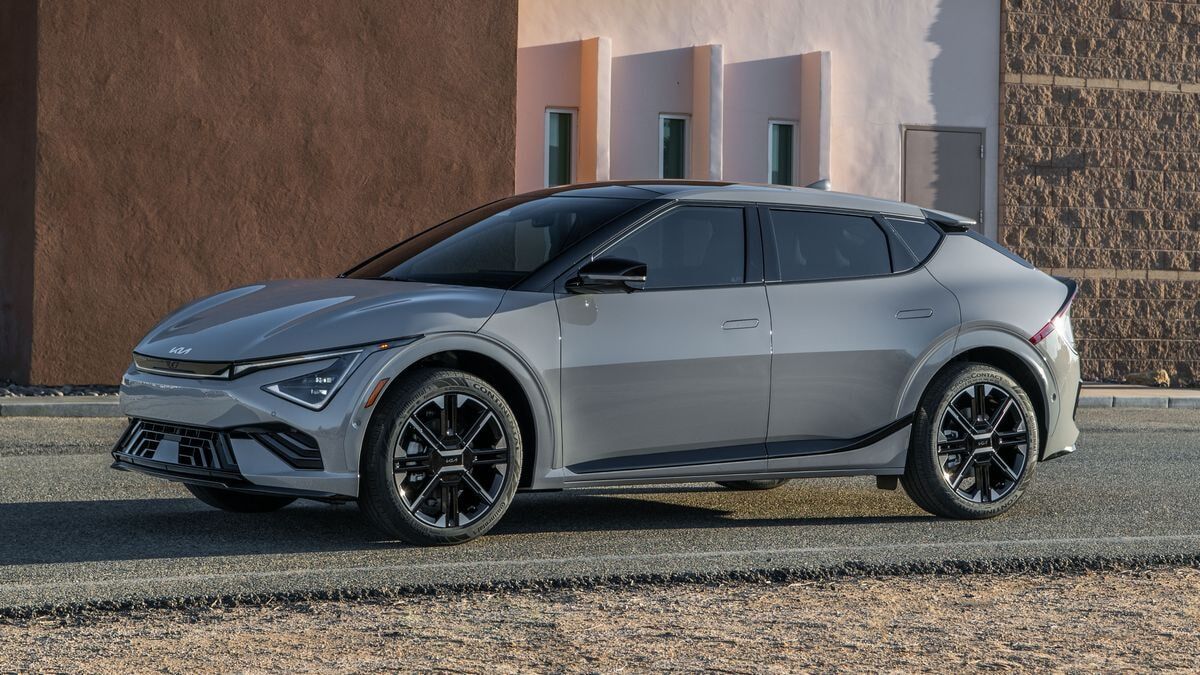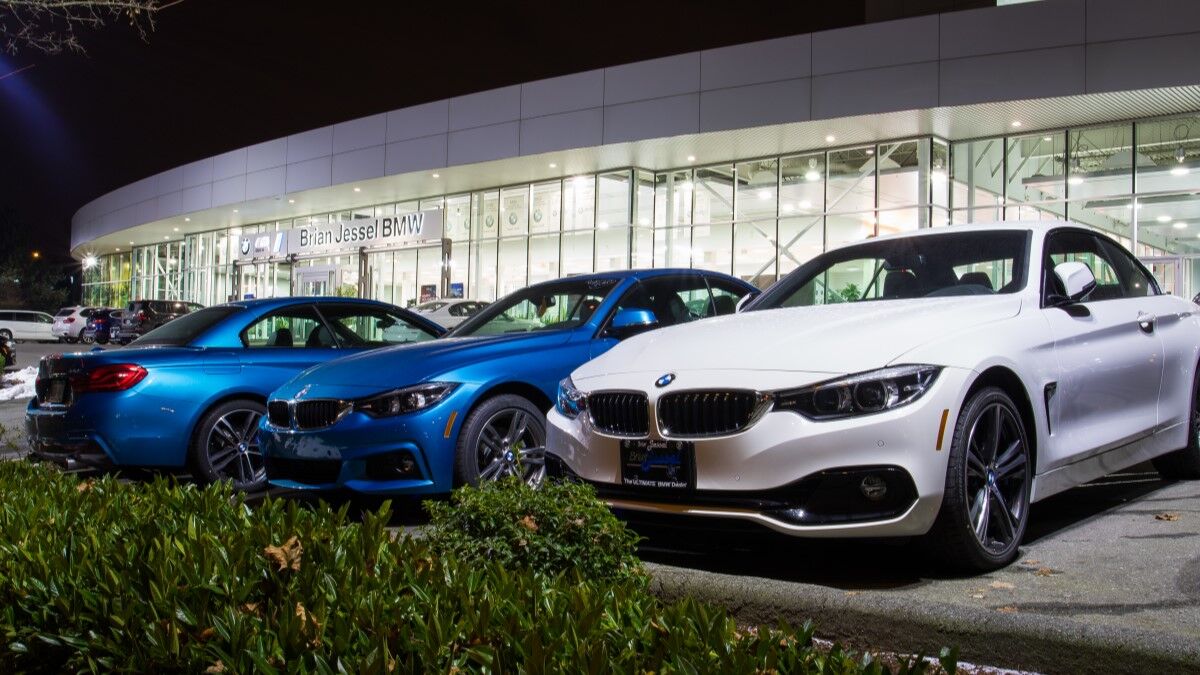Car News

Driving the 2025 Mercedes-AMG G 63
A week driving the 2025 Mercedes-AMG G-Class finds it one of the most unique vehicles on the road, with very specific appeal.

Consumer Reports: Toyota, Subaru Make the Most Reliable Cars
Toyota, Subaru, and Lexus took the top spots in the 2025 version of the annual Consumer Reports brand reliability rankings.

Toyota Unveils GR GT Supercar
Toyota today revealed its long-planned supercar, the GR GT, expected to go on sale around 2027 and launch a new brand.

Lexus Reveals LFA Concept Electric Supercar
Lexus today unveiled the LFA Concept, an all-electric supercar that could reach production within a few years.

President Wants ‘Cute’ Japanese Kei Cars in America
President Trump yesterday signaled a desire to allow tiny Kei cars like those popular in Japan to be built in the U.S.

Gas Falls Below $3 Per Gallon
The nationwide average price of a gallon of gasoline is $2.999 this morning, according to AAA.

Mercedes Testing G-Class Cabriolet
Mercedes-Benz has begun testing a soft-top version of its G-Class off-roader, likely to appear in late 2026 or early 2027.

Stinger Reborn? Kia Teases Mystery Sedan
Kia this week released a teaser video showing a mysterious new car, which could be an electric replacement for the Stinger.

Report: White House to Weaken Fuel Economy Rules It Doesn’t Enforce
The White House is expected to announce new, looser fuel economy regulations today, though it doesn't currently enforce any.

New Car Sales Slowing as Year-End Approaches
Automakers have just begun reporting November sales figures, and early reports appear discouraging for dealers.

Kia Teases New Seltos for 2027
Kia has released teaser shots giving the public its first glimpse of an all-new Seltos subcompact SUV for the 2027 model year.

Kia Offers $10,000 EV Discount
Kia has introduced a $10,000 cash discount on its EV6, EV9, and Niro EV electric cars for "well-qualified buyers."

Report: Fiat 500 Abarth Could Return
A new report says Fiat may bring back its high-performance 500 Abarth, though it's not clear it would come to the U.S.

Americans are Balking At High New-Car Prices
A new Wall Street Journal report finds Americans keeping cars longer, shopping used, and avoiding high new-car prices.